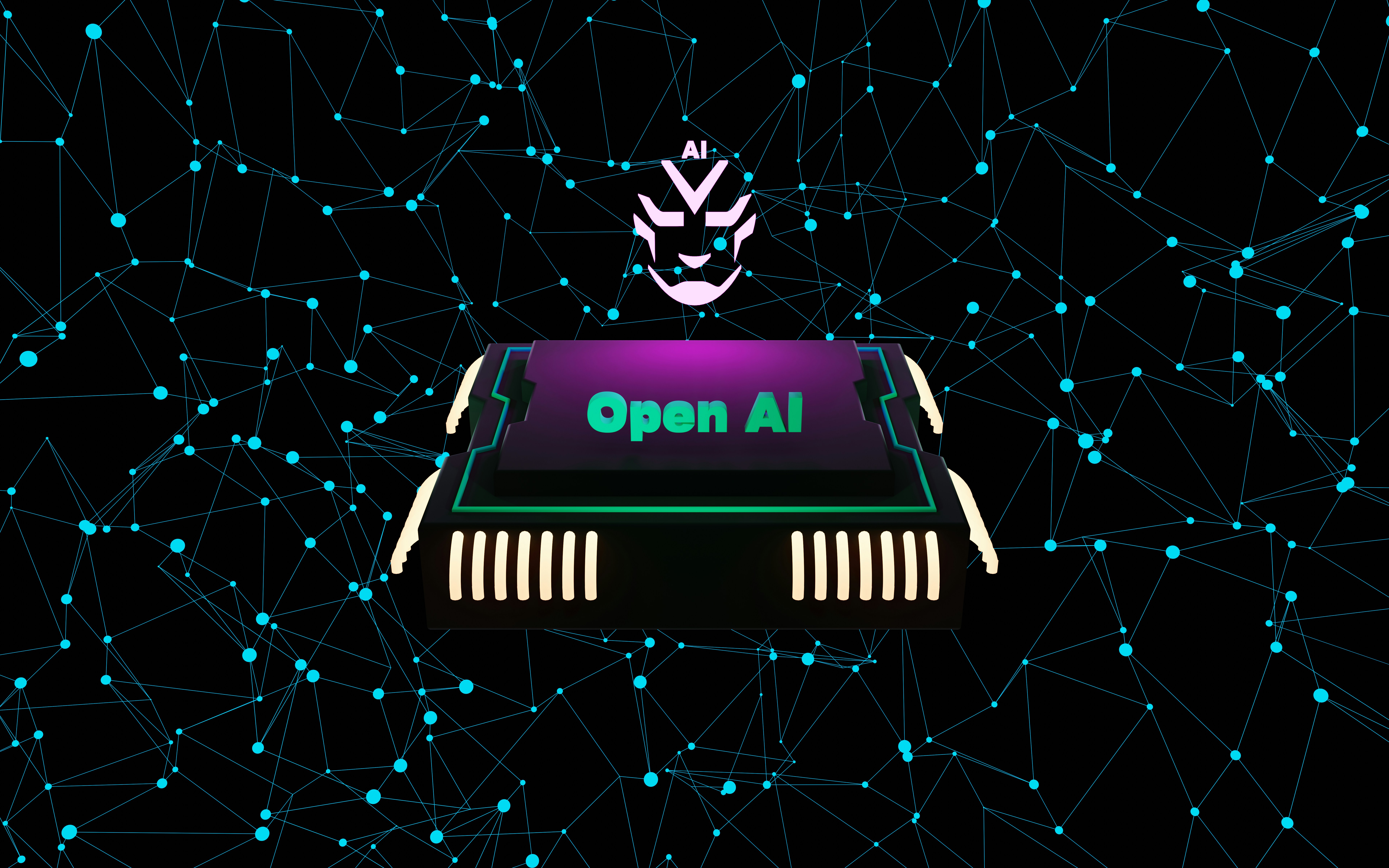
Introduction to Microsoft’s Medical Superintelligence
The intersection of artificial intelligence (AI) and healthcare has fueled significant advancements in medical diagnosis, and Microsoft has emerged as a pioneering force in this era of innovation. Medical superintelligence refers to the enhanced capabilities of AI systems designed to assist healthcare professionals in diagnosing diseases with unprecedented accuracy and efficiency. By integrating cutting-edge AI technologies, Microsoft aims to transform how medical diagnostics are approached, ultimately driving better patient outcomes.
Recent technological advancements have laid the groundwork for the emergence of medical superintelligence. Sophisticated algorithms, machine learning techniques, and vast datasets are now available, enabling AI systems to learn from a plethora of medical cases and research articles. These developments have equipped Microsoft with the tools necessary to create intelligent systems that not only analyze symptoms but also consider a multitude of factors that contribute to patient health. With the capability to process and interpret complex medical data, superintelligent systems promise to enhance decision-making processes in clinical environments.
Microsoft’s initial objectives in the realm of medical superintelligence involve improving diagnostic accuracy and efficiency. By leveraging AI, the company seeks to reduce misdiagnoses and expedite the identification of medical conditions, which is particularly critical in acute situations where time is of the essence. Furthermore, Microsoft envisions creating a collaborative environment wherein medical practitioners can consult AI-driven insights, facilitating a more informed and holistic approach to patient care. This synergy between technology and human expertise highlights the transformative potential of AI within the medical field.
Through these initiatives, Microsoft not only aims to redefine diagnostic processes but also aspires to democratize access to advanced medical knowledge and support, fostering a future where enhanced healthcare solutions are accessible to all.
The Technology Behind Medical Diagnosis
Microsoft is at the forefront of innovation in the medical field, leveraging advanced technologies to enhance diagnostic accuracy and efficiency. One of the key technologies driving this transformation is machine learning, a subset of artificial intelligence (AI) that allows systems to learn from data and improve over time without being explicitly programmed. By utilizing machine learning algorithms, Microsoft can analyze vast amounts of medical data, uncovering patterns and insights that can significantly aid healthcare professionals in making informed decisions.
Data analysis plays a crucial role in this process. Microsoft harnesses algorithms that not only process structured data, such as patient medical records and imaging results, but also unstructured data, including clinical notes and research articles. This multi-faceted approach ensures that the systems have access to comprehensive information, allowing them to make nuanced evaluations based on a wider context of patient history and emerging medical research.
One of the remarkable features of the technology is its ability to learn from previous cases, which enhances the system’s predictive capabilities. As the system processes more data and diagnostic results, it continually refines its algorithms, resulting in increasing accuracy over time. This dynamic learning capability is essential for addressing the complexities of medical diagnosis, where new information and findings are constantly emerging.
Furthermore, Microsoft employs advanced neural networks, which mimic the way the human brain processes information. These networks excel in recognizing images and patterns, making them particularly effective in analyzing medical imaging data. Whether identifying anomalies in X-rays or MRI scans, the combination of machine learning and neural networks empowers Microsoft’s diagnostic tools to deliver precise recommendations, assisting healthcare providers in diagnosing conditions more efficiently.
Real-World Applications and Case Studies
Microsoft’s advances in superintelligence are significantly transforming medical diagnosis across numerous healthcare settings. By harnessing data-driven insights and leveraging artificial intelligence, various real-world applications have emerged, demonstrating the practical benefits of this innovative technology. One notable example involves the use of Microsoft’s AI capabilities in the early diagnosis of rare diseases. An application developed in collaboration with healthcare experts allows physicians to analyze vast datasets, including genetic information and patient histories, to pinpoint conditions that might otherwise go undiagnosed. This innovation has led to earlier interventions, ultimately improving patient outcomes and reducing long-term healthcare costs.
In another case study, a healthcare institution employed Microsoft’s superintelligence solutions to enhance treatment planning for chronic illnesses such as diabetes. Utilizing predictive analytics, the platform enabled healthcare providers to personalize treatment plans based on real-time monitoring of patient data, including lifestyle changes and medication efficacy. The integration of this technology resulted in improved management of glucose levels among patients, showcasing tangible benefits in adherence to treatment protocols and overall health monitoring.
Furthermore, a partnership between Microsoft and various hospitals explored the efficacy of AI-assisted imaging analysis, focusing on the detection of tumors in radiology. By implementing deep learning algorithms, radiologists experienced a substantial reduction in diagnostic errors and increased accuracy of imaging interpretations. This significant enhancement in diagnostic precision not only aids in timely interventions but also boosts the confidence of healthcare professionals in their findings.
With each of these applications, it becomes evident that Microsoft’s superintelligence is redefining the landscape of medical diagnosis. The technology fosters significant improvements in diagnostic speed and accuracy, directly benefiting both patients and healthcare providers. As more institutions adopt these innovative solutions, the potential for revolutionizing patient care continues to expand, paving the way for a more efficient and effective healthcare system.
Ethical Considerations and Future Prospects
The integration of artificial intelligence (AI) in medical diagnosis presents a range of ethical considerations that must be thoroughly addressed as technology continues to advance. One of the primary concerns is related to data privacy. Medical data is highly sensitive, and with AI systems analyzing vast amounts of patient information, there exists a risk of unauthorized access and data breaches. Consequently, healthcare providers must implement stringent cybersecurity measures and comply with regulations such as the Health Insurance Portability and Accountability Act (HIPAA) to protect patient confidentiality.
Another significant ethical challenge is the potential for bias in AI algorithms. These systems learn from historical data, which may inherently reflect societal biases. If unaddressed, this can lead to disparities in diagnosis and treatment recommendations, disproportionately affecting marginalized groups. It is imperative for developers to ensure that their data sets are diverse and representative, employing rigorous testing to identify and mitigate any biases present in AI systems. Furthermore, continuous monitoring of AI outputs is essential to uphold equitable healthcare standards.
Moreover, as AI technologies become more integrated into clinical workflows, the professional responsibilities of healthcare providers will evolve. Providers must remain vigilant in understanding the recommendations made by AI, maintaining an active role in clinical decision-making. This necessitates ongoing education and training to effectively balance the capabilities of AI with human expertise, ensuring that patient care remains both compassionate and competent.
Looking ahead, the future of AI in healthcare holds substantial promise, along with potential challenges. Innovations may lead to enhanced diagnostic accuracy, personalized medicine, and improved patient outcomes. However, the ethical implications surrounding patient data protection, bias mitigation, and provider responsibilities will require thoughtful navigation. As technology continues to unfold, a collaborative approach involving ethicists, technologists, and healthcare professionals will be vital in shaping a future where AI contributes positively to the medical field.


